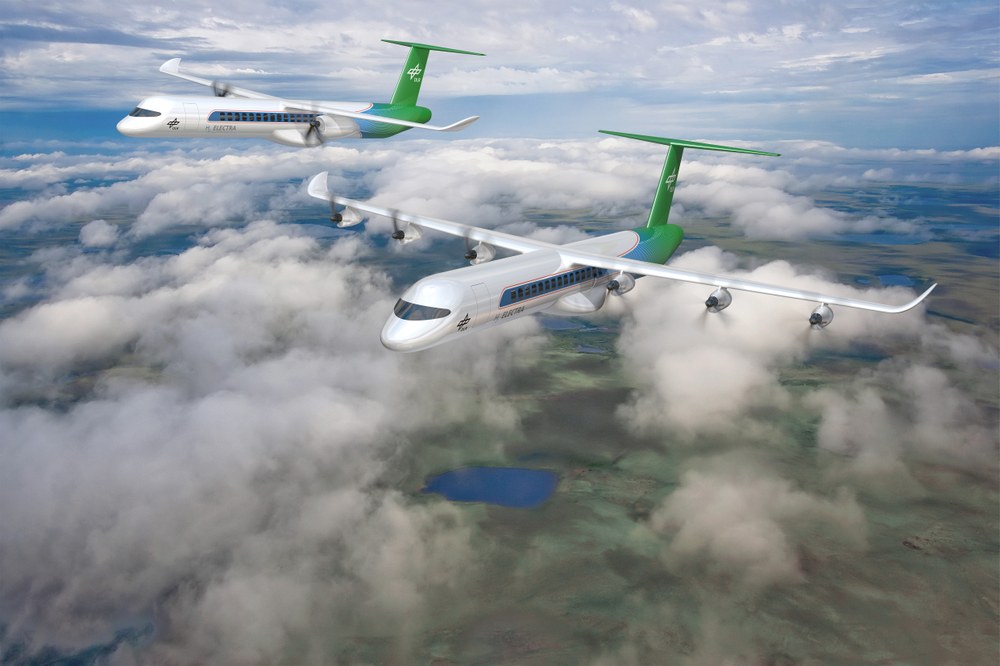Architecture and Integration of Propulsion System Department
Department structure of the Architecture and Integration of Propulsion System Department
Modeling of Electrified Topologies | System Design and Integration of the Propulsion System | System Synthesis and Validation |
|---|---|---|
The Modelling of Electrified Topologies group plays a central role in the development of future electrified drive systems at our institute. Here, propulsion system topologies are selected and evaluated for specific applications. Based on these topologies, a detailed preliminary design of all powertrain components is being carried out. A core area of current development is the comprehensive performance analysis and the derivation of performance maps at drivetrain level. These enable us to understand and optimise the characterisation of the behaviour of novel propulsion system concepts under various operating conditions. The analyses addresses the drivetrain in an interdisciplinary manner and, in addition to the preliminary design of the electrical components, also take into account the required conditioning of all media and thermal management. In addition to our performance analyses, we are dedicated to the continuous improvement of methods for characterising the components of the propulsion system. | The System Design and Integration of the Propulsion System group is responsible for the precise placement and structural integration of the various components of the propulsion system into the aircraft. This includes the planning and implementation of interfaces as well as the consideration of structural requirements to ensure that the components function efficiently and reliably. Based on the preliminary design of the MET group, this group develops a detailed system design for the propulsion system. All technical aspects are taken into account to ensure an optimised design that meets the requirements of the application. An important focus is on the integration of safety aspects into the system design. This includes measures such as redundancy, insulation, shielding, fire protection and ventilation to ensure that the propulsion system can be operated safely and reliably. In particular, the optimisation of electrical architectures with regard to electromagnetic compatibility and ensuring sufficient current and voltage quality also plays an important role here. Another aspect is the consideration of heat conduction and radiation to ensure that the integration concept allows the drive system to work within safe operating temperatures. In addition, the induced air resistance generated by the integration concept, particularly with regard to thermal management, is also taken into account in collaboration with the System Synthesis and Validation group in order to optimise the overall efficiency of the system. | The group System Synthesis and Validation is primarily focusing on the interactions within the powertrain and the experimental investigation of elements of the propulsion system concepts all the way to the complete powertrain testing. The group develops test procedures to precisely determine efficiency levels, heat losses and other important performance parameters. The focus is on two areas: heat management/thermal management and electromagnetic interference in the drive system. The thermal management system (TMS) focuses on the development and optimisation of the powertrain with regards to heat and fluid management concepts. Investigation and validation of future electrified aircraft propulsion systems are carried out, also using the HepCo-TMT test rigs. This results in the verification of the TMS concepts of electric drive topologies. Novel types of electrified propulsion systems in the megawatt range will be highly susceptible to electromagnetic interference. In addition to the safe operation of the powertrain, the quality and efficiency of the electrical grid also plays a role. Potential sources for interferences in the overall system are determined experimentally and the susceptibility of components within the powertrain are analysed and validated. |


